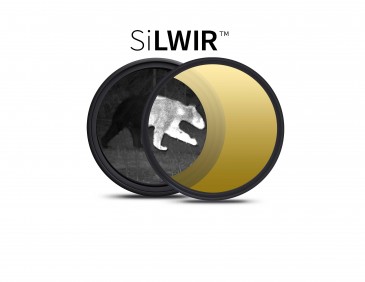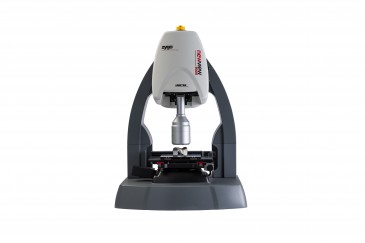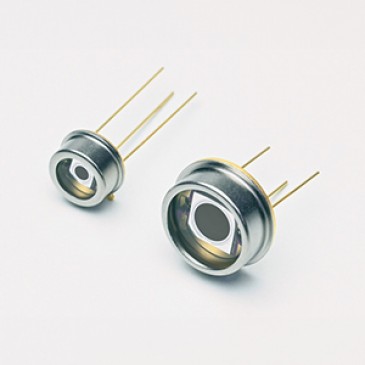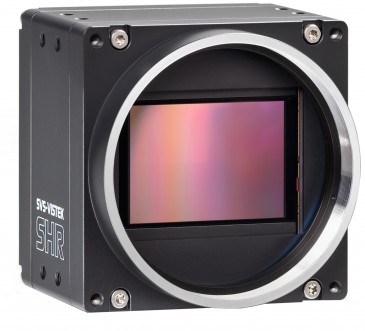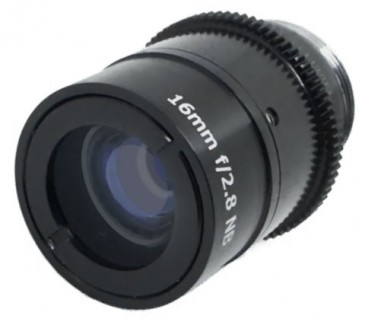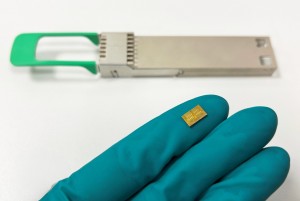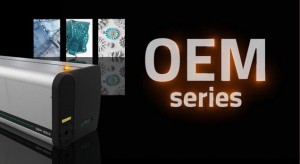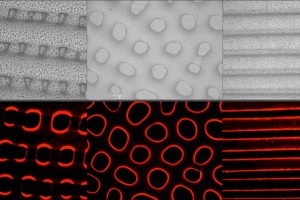
Researchers from the Massachusetts Institute of Technology (MIT) in the US have been looking to cephalopods, a group of marine animals that are exemplary camouflage artists, for clues on how to create the first synthetic material that can dynamically change colour and texture, controlled by voltage.
The group led by Xuanhe Zhao, assistant professor of mechanical engineering at MIT, and Stephen Craig, professor of chemistry at Duke University, where Zhao just came from, has developed a flexible material that can change its colour or fluorescence and its texture at the same time, on demand, by remote control.
“We designed a new electro-mechano-chemically responsive elastomer, and laminated it into a multilayer structure,” says Zhao. Applying voltages to the structure induces self-assembled patterns that vary the surface texture of the elastomer. The deformation and patterning activates the elastomer to change colour and emit fluorescent signals.
Cephalopods' nervous system controls the contracting and relaxing of muscle, which causes the colour of their skin to change. For years, scientists have tried to duplicate this ability—without real success. The MIT team has finally accomplish the feat by combining two recent discoveries from engineering and chemistry: Zhao knew from his own work how applying an electric voltage across a flexible thin film can create various patterns. At the same time, it has been shown that deformations in a particular type of material can literally pull molecules into shapes, changing their colour and fluorescence. “Here, we combine the two to get reversible fluorescence patterns in response to an electric voltage,” says Zhao.
MIT’s novel cephalopod-inspired camouflage material offers a number of advantages over existing camouflage technologies, which are mostly static, since the camouflage patterns are fixed at their final painted or printed states. “Our new display can vary both in surface texture and colour controlled by voltage to produce dynamic camouflage,” the Harvard-educated engineer explains.
While the current camouflage system changes colour or fluorescence and texture by the flick of a switch that controls applied voltage, the team can add sensors in the future to enable the panel to respond to the surrounding environments, according to the scientist.
To Zhao’s knowledge, this is the first flexible display that can vary both surface textures and colours, controlled by voltage. “Our current research is focused on illustrating a new display mechanism, instead of targeting at a specific function,” he says. “In future, the capability of varying both colours and textures of our flexible display may find applications in dynamic camouflage, antifouling coatings, flexible displays and biomedical luminescent devices.” His team is also interested in triggering other chemical responses beyond fluorescence, such as releasing chemical signals.
The group is developing theoretical models to better understand the phenomena at hand and to guide the design of future displays. Adds Zhao: “We are also inventing new electro-mechano-chemically responsive elastomer systems to achieve a full spectrum of colours and various surface textures.”
The results of this research are detailed in the paper “Cephalopod-inspired design of electro-mechano-chemically responsive elastomers for on-demand fluorescent patterning,” published in Nature Communications.


























 Back to Features
Back to Features